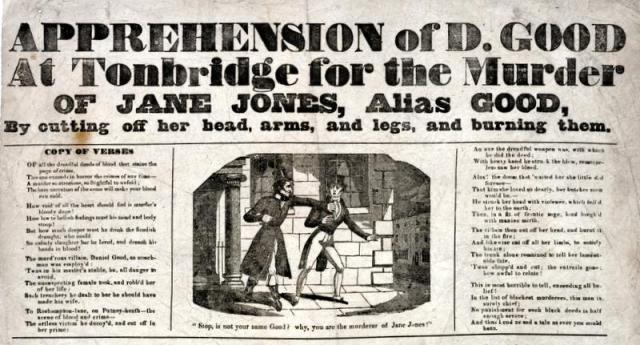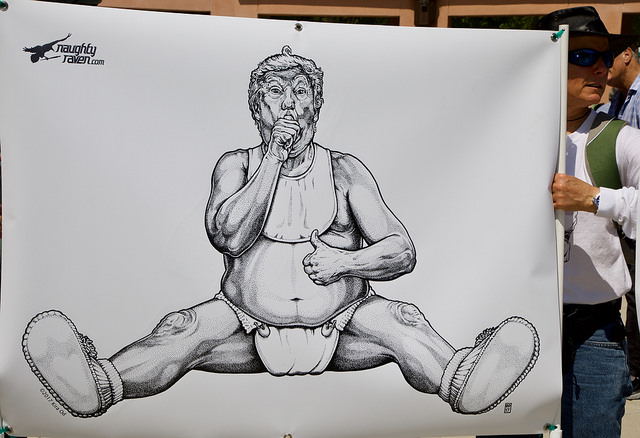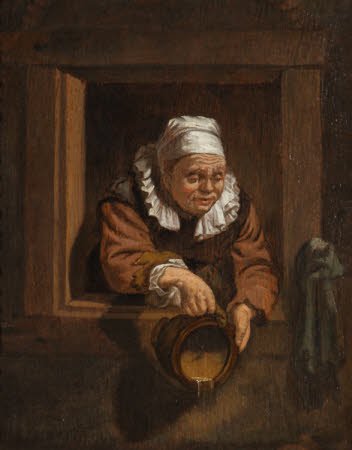Rome has always been famed for its mighty legions. Yet the legion we picture will be the Marian or Imperial Legions of the early empire. While broad structure was the same, they were different.
The Roman armed forces fighting in the Punic War were called the Polybian Legion. This is due to the fact the primary source of the era and army was the Greek historian, Polybius. Secondary sources come from Livy, who was an Augustan-era historian.
Why did Rome change?First it should be noted that Rome used a Phalanx like most Greek city states. This was due to early Greek influence on the Italian peninsula. However, while the Phalanx has strong momentum, it lacked flexibility. On uneven terrain? It was not useless. It can easily be attacked and destroyed via attacks from the flanks and rear. This worked in the wars against its Latin neighbours. However, fighting against the Samnites on their mountain terrain? The Phalanx was useless.
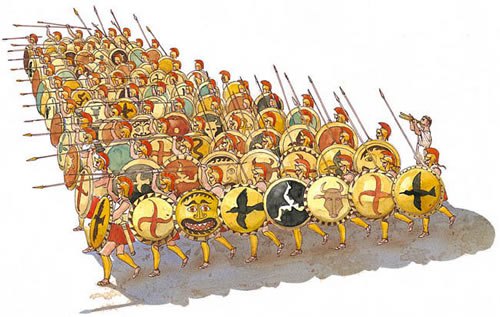 The Phalanx was unstoppable in one direction. It was not a flexible system. The Romans had relied on this system of warfare before the Polybian Legion.
The Phalanx was unstoppable in one direction. It was not a flexible system. The Romans had relied on this system of warfare before the Polybian Legion.
The Romans adopted the Samnites Maniple structure. This gave them the flexibility to operate against more mobile adversaries, and allowed them to fight in multiple directions if necessary.
While Rome started to exert its influence outside Italy, and maintained longer standing armies, the men were still a volunteer citizen and allied army. Slaves, convicts, debtors could not serve. They were not professionals. The law said no man could serve more than 16 years, and not more than 6 consecutive. Every man had to supply their armour and equipment (which was waived off in times of crisis).
Legion Structure and OrganisationFirst the Legion’s structure. Every consular legion numbered 4200 infantry (actual numbers varied but 4200 was the standard levy). 3000 were heavy infantry and 1200 were velites. There would be around 300 cavalry, called equites, per legion. The 3000 infantry were divided based on equipment and age. The first line (1200 strong) were the Hastati, who were the youngest men (16-25) of the legion. They would face action first. Behind them were the Principes (25-35) who were the second line, numbering 1200 as well. The last line were the elite troops, called the Triarii. The last line were experienced veterans, and this line numbered 600 men. Each of the 3 lines were divided into 10 maniples. The first 2 lines had a maniple of 120 men, and the last line had a maniple of 60 men.
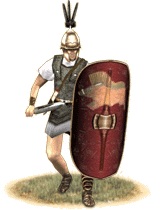 The Principes formed the second line. They were better armoured than the first line. The Marian legion would use the Principe as the template for arming every legionary in the future.
The Principes formed the second line. They were better armoured than the first line. The Marian legion would use the Principe as the template for arming every legionary in the future.
Every maniple was commanded by 2 centurions (junior and senior), with the senior one in overall command. Each Centurion had an Optio or deputy (at the rear of the maniple). There were two standard bearers and a trumpeter. However, despite having 2 centurions, Polybius stated the maniple was the smallest structural unit. In the Cavalry, there were 3 Decuriones who would be elected amongst the cavalry to lead them.
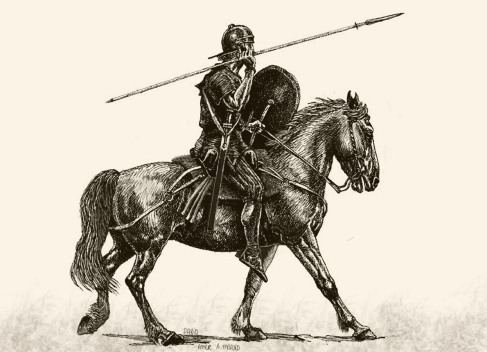 The Roman Cavalry came from the most wealthy citizens of Rome.
The Roman Cavalry came from the most wealthy citizens of Rome.
In senior command, one army corps (2 Roman Legions, similar number of allied infantry, 600 cavalry and 1800 allied cavalry) were commanded by one of the consuls. 6 military tribunes were elected to each legion and would help in leading it. If there were more than 2 Roman Legions, the additional tribunes were assigned by the consuls. In the event that both army corps were combined, Consuls would alternate command by the day.
The Infantry and CavalryThe first men were the Velites. They were the poorest citizens of Rome. Not being able to afford armour, they had Javelins and slings. They would be deployed to screen the main force and skirmish. They would then retreat between the Maniples before the main battle.
The first line of heavy infantry were the Hastati. These were the young and inexperienced men, aged 16-25. There were 1200 of them. They were divided into 10 maniples and commanded by their officers. The men had a small breast plate, shield and helmet. Their primary weapon was the gladius Hispaniensis, or the Spanish Short Sword. The men carried 2 javelins, called pilum which would be thrown before engaging the opponents.
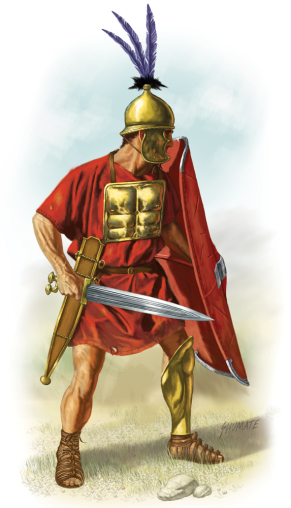 As seen, the Hastati had basic heavy infantry gear. They just had a small breastplate protecting their chest.
As seen, the Hastati had basic heavy infantry gear. They just had a small breastplate protecting their chest.
The next line were the Principes. They were men in their prime, aged 25-35 and could buy better armour. In simple terms, they were just better equipped Hastati with better armour (mail shirts). On a normal day, they would be the last ones to get involved in the fight.
The last line were the Triarii. These were experienced veterans and could afford more expensive gear. Unlike the first two lines of heavy infantry, they only numbered 600. Their primary weapon was the Hasta, or spear. They were equipped like a Phalanx, but were more flexible. Ideally, they would not be involved in the battle. Their main task was to stop any unorderly retreat. If they did, they would fight like men possessed. Against Hannibal, the Triarii fought valiantly in some of Rome’s biggest defeats.
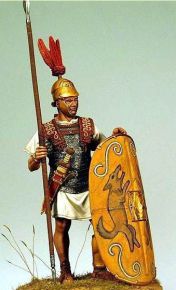 The Triarii were equipred for a Phalanx but fought more loosely. They were the elite troops of the Roman legions.
What were the basic tactics of the Roman legion at this time?
The Triarii were equipred for a Phalanx but fought more loosely. They were the elite troops of the Roman legions.
What were the basic tactics of the Roman legion at this time?
When a Roman force lined up, its organisation was predictable. The Romans occupied the centre of the formation. The allied infantry (usually a similar number to Rome) occupied the wings. The Right wing consisted of the Roman Cavalry and the left wing had the Allied Cavalry. The left wing had 3x more cavalry (something Hannibal would exploit later on).
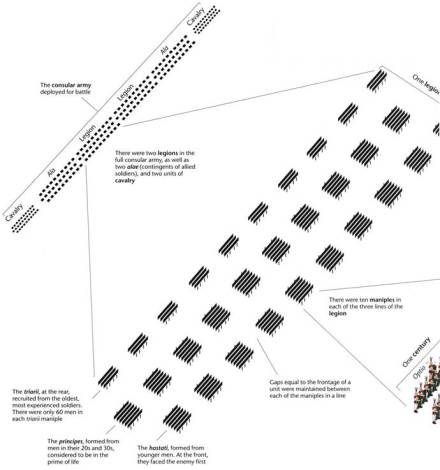 This shows how the Roman consular armies lined up in their chequered board pattern.
This shows how the Roman consular armies lined up in their chequered board pattern.
When arranging for battle, the Romans took a chequered board pattern. There were gaps between the maniples of the Hastati. In the second line, the Principes arranged themselves in the same way, but would cover the gaps. The Triarii would be waiting further behind. The Velites would skirmish with the enemy and subsequently withdraw between the gaps of the maniples. The formation allowed an easy withdrawals without disrupting the formation.
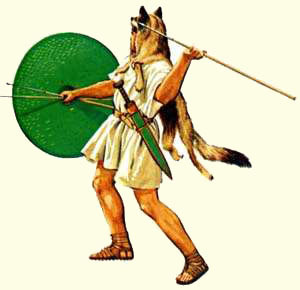 Velites were the poor citizens of Rome who could not afford any major gear.
Velites were the poor citizens of Rome who could not afford any major gear.
The Hastati would lead a shock infantry charge. Around 15-20m from the enemy body, they would launch their javelins and then slam into the enemy. The confusion would rout most tribal, unorganised resistance and break the formation of more disciplined opponents. If the enemy were put to flight, the Romans would rush forward and slaughter their enemies. If not, the Principes would later swap out with the hastate and fight. That pattern would go on till one side was destroyed. The Triarii would be used very rarely.
To sum it up,This was the basic tactic of Rome back in the day. While able commanders would modify on this, the template for warfare was now set. This new formation allowed Rome to fight larger opponents and react to events on the battlefield.
While not covered in this article, but will be covered later, the Romans started to build the Castra, or fortified military camps. They were a hallmark of the Roman war machine on the move and served the legions well.
While not covered in this article, the Allied forces of Rome, were under the overall command of the Romans but were led by their own officers. They would be broadly outfitted in the same manner as the Romans.
Advertisements Share this:

